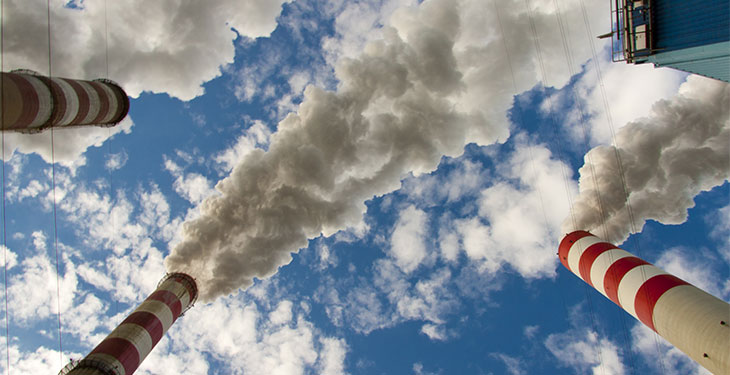OMV Petrom, the largest integrated energy company in Southeast Europe, has published its Sustainability Report 2022. It provides an overview of the economic, environmental and social impact of OMV Petrom’s operations, as well as its commitments and progress recorded in the direction of sustainable development.
“The carbon intensity of our operations decreased last year by approximately 11% compared to the level of 2019. We are targeting a 30% reduction in emissions by 2030 compared to 2019. In addition, we have reduced the emission intensity of methane by 70% compared to the level of 2019, thus progressing towards our goal of less than 0.2% by 2030. OMV Petrom contributes significantly to the economic and social structure of society. We have invested around 40 million euro in long-term development projects of the communities in which we operate, with one million direct beneficiaries,” said Christina Verchere, CEO of OMV Petrom.
The sustainability framework is built around three pillars: environment, society and good governance, with a clear commitment to conduct responsible operations, empower people and communities, and drive innovation and digitization.
Transition to a low carbon business model
In 2022, the company initiated and developed projects that support the overall objective of its 2030 Strategy to provide cleaner energy in a sustainable manner.
The company entered into a partnership with the Oltenia Energy Complex for the construction of four photovoltaic parks with a total capacity of approximately 450 MW, with investments of over 400 million euros. By putting the four parks into operation, Romania’s installed solar energy capacity will increase by around 30%.
Petrobrazi is the first certified refinery in Romania that produces sustainable aviation fuel (SAF). The volumes of SAF produced at the Petrobrazi Refinery can contribute to the reduction of CO2 emissions generated by commercial flights by approximately 70% compared to conventional fuel.
In the field of sustainable mobility, more than 100 charging points for electric vehicles have been installed by the end of 2022 to contribute to the decarbonization of road transport.
To decarbonize domestic energy consumption, the company continued the installation of photovoltaic panels in fuel stations, reaching 150 units at the end of 2022. OMV Petrom plans to have photovoltaic panels installed in approximately 50% of our fuel station network by in 2025. The amount of electricity produced by these photovoltaic panels covers up to 25% of the consumption of a filling station.
People and communities
OMV Petrom strives to ensure a healthy, safe and development-oriented environment for employees and communities, while generating a positive economic impact in Romania.
Skills development and training are essential to support people in reaching their potential: in 2022, OMV Petrom employees benefited from over 200,000 hours of training. New programs were launched or continued to be implemented with the aim of promoting a diverse, inclusive and non-discriminatory culture.
More than 1,800 OMV Petrom volunteers participated in social engagement activities sponsored by OMV Petrom. Moreover, the company launched the OMV Petrom Foundation to strengthen the company’s contribution to social projects.
Sustainalytics, an independent ESG research, rating and analysis agency, included OMV Petrom in the top 5% of the oil and gas producer industry, while EcoVadis, another sustainability rating agency, awarded OMV Petrom the status of Supplier of Silver.

